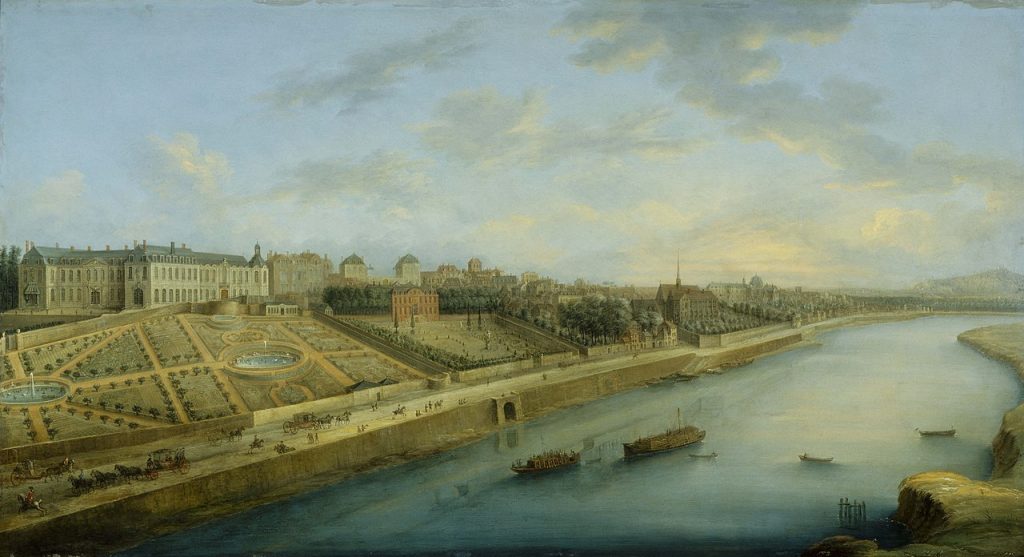
The house had the grace of aristocratic homes under the Ancien Regime which gave birth to it, complete with a pavilion for billiards, an elegant orangery, reception rooms sparkling with silver and all the splendours of the period. The guestlist was studded with famous names, and their host was the Duke of Lauzun, the Don Juan of Paris. After a series of sales, it was the Princess of Lamballe, a young widow and great friend of Marie-Antoinette, who next occupied the elegant palace on the slopes of Passy and who would give her name to the property.
Owners came and went in quick succession after the Revolution. The old mansion, where there were baths fed by iron-rich waters, a magnificent garden terraced garden sloping down to the Seine, and the pleasure of pure country air at the gates of Paris attracted the notice of Doctor Blanche, who was then looking for a property that could accommodate his institution for rest and care.
‘I am in Passy staying with friends in a splendid house with beautiful gardens. Do not worry about this countryside where I must remain for a few days. It is just a boost to my health that I am looking for here.’
Gérard de Nerval, Letter to his father, 1 September 1853.
This luxury psychiatric retreat was to welcome prestigious patients: Gérard de Nerval, Marie d’Agoult, Theo van Gogh, Charles Gounod, Guy de Maupassant. One crowded there as in the most fashionable of worldly salons.
When the 20th century arrived, the retreat was shuttered and the land was resold in lots. The mansion itself survived until a wealthy Franco-American couple, the Limurs, decided to demolish and rebuild it to recreate its original condition.
‘Restoration having begun, exploratory excavations were made in a wall to turn up what the centuries had concealed. Old painted joists appeared, but a fatal and fortuitous strike of the pickaxe unleashed a shower of plaster, revealing that this venerable body demanded execution not restoration. One day or another it would collapse on the heads of its new occupants. The old “folly” built of rubble was taken down. The new “château” has been set back and made of cut stone, shorn of its pretty ornaments; it is solid, but squeezed between the retaining wall of Balzac’s house and a street disfigured by commonplace constructions.’
Jacques-Émile Blanche, La Pêche aux souvenirs, 1949.
Ethel de Limur spared no pains in decorating the new building with authentic furniture and woodwork from the 18th century to create the illusion of an original. The restored Hôtel de Lamballe was again to experience the vicissitudes of history when it became the headquarters of General Eisenhower at the end of World War II. Its current proprietor, Turkey, took possession in 1954, and established its embassy in Paris there.

